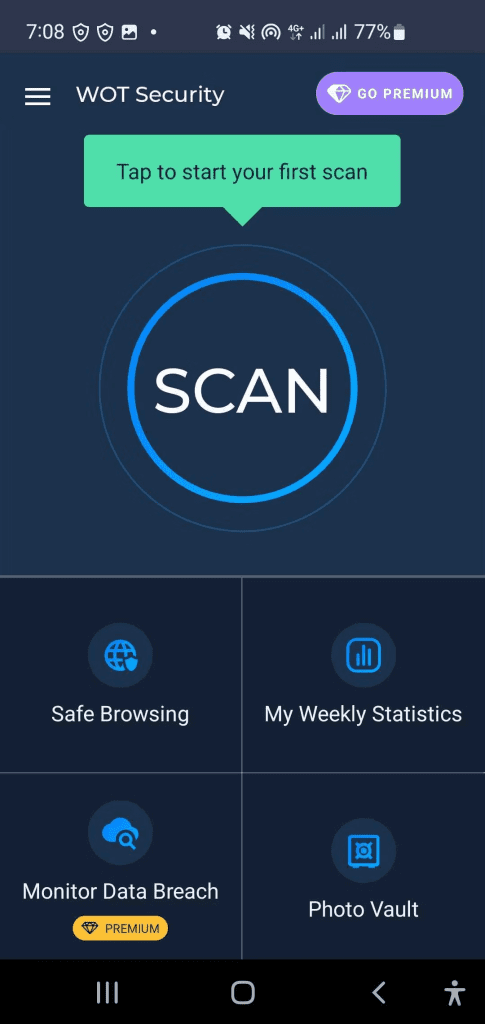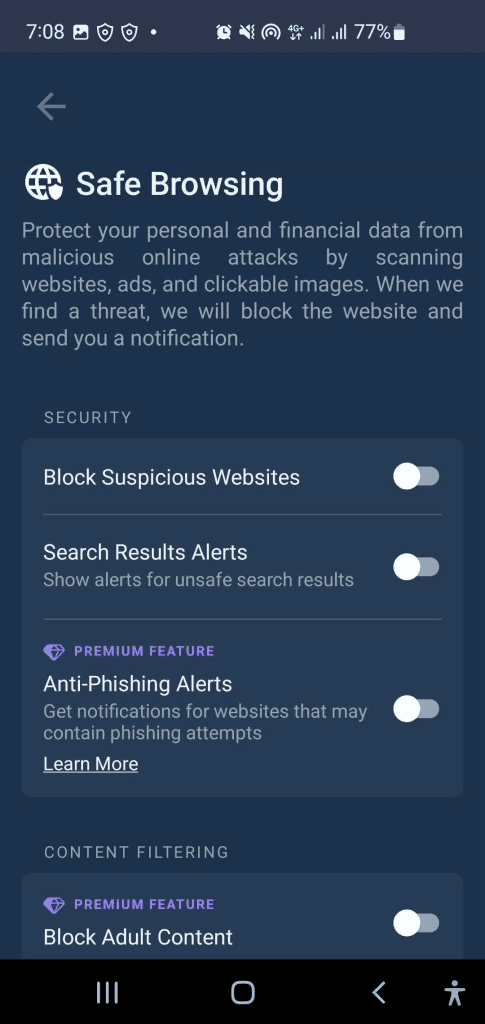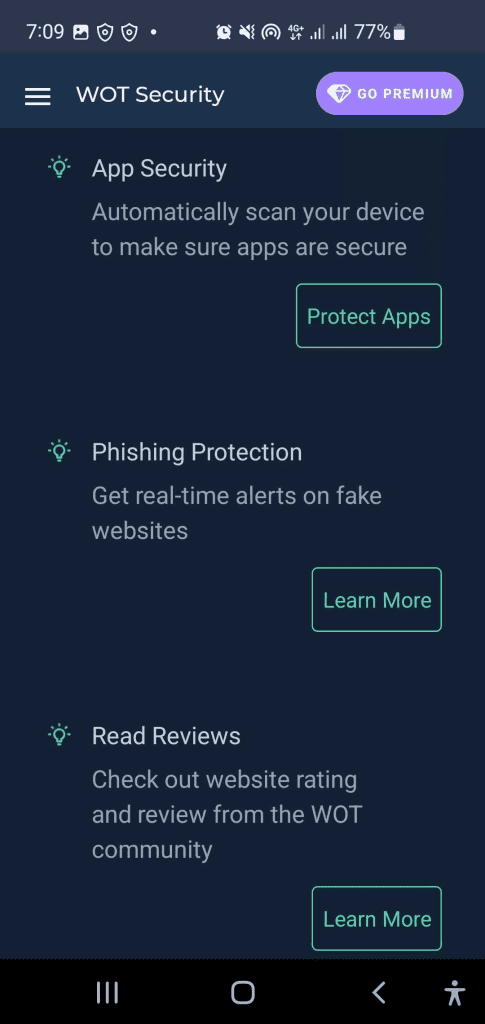Web of Trust (WOT) Service: Trusting Websites in a Digital Landscape
In an era dominated by digital interactions, discerning trustworthy websites from potentially harmful ones can be challenging. Enter the Web of Trust (WOT) service, a tool designed to assist users in making informed decisions about the legitimacy of websites they encounter. As the online world teems with suspicious platforms, understanding how WOT operates can provide a shield against online risks.
Understanding the Web of Trust (WOT) Service
At its core, the Web of Trust is more than just a service; it’s a community-driven effort aimed at creating a secure and reliable online environment. Managed by WOT Services LP, this cybersecurity tool employs a global community of users who contribute by sharing reviews and experiences of websites and applications. WOT’s machine learning algorithms then generate trust scores based on this shared feedback, equipping users with the means to avoid potentially malicious online destinations.
How WOT Evaluates Website Trustworthiness
WOT’s approach hinges on peer reviews and user-generated data. By collecting information from its vast community, WOT strives to establish a decentralized network of trust. When users inquire about a specific website, WOT’s algorithms compare the Uniform Resource Locator (URL) against its comprehensive database of user ratings and reviews. The outcome of this analysis results in trust ratings, represented by colored icons.
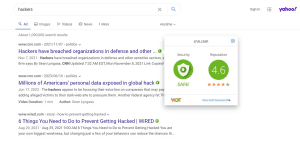
- A green icon signifies a safe and reliable website, backed by the WOT community’s consensus.
- A yellow icon indicates mixed reviews, urging caution while proceeding.
- A red icon acts as a warning, suggesting the website might be involved in scams or malicious activities.
- A gray icon or question mark denotes a website that lacks sufficient data within WOT’s database.
Using the Web of Trust Extension and Mobile App
For those seeking to integrate WOT into their browsing routine, the process is seamless. Browser extensions and mobile apps enable users to effortlessly access WOT’s insights. Installing the browser extension involves visiting the WOT website and selecting the appropriate extension store icon. Once installed, the extension presents users with color-coded icons next to search results and provides the option to evaluate websites directly.
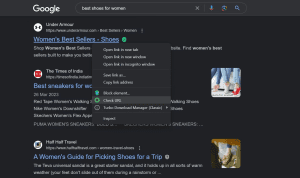
Alternatively, when you visit a website, you can click the extension to check the site’s standings.

On mobile devices, WOT’s functionality expands further. Users can scan their smartphones for malicious apps, employ email protection against phishing scams, and activate safe browsing to assess a website’s safety before interaction.
Benefits of Relying on WOT for Online Security
WOT offers several advantages for those aiming to fortify their online security:
- Initial Warning System: Rapid identification of potentially harmful websites through real-time user reviews and ratings.
- User-Friendly Interface: Intuitive design and color-coded cues simplify the process of identifying safe and risky websites.
- Community-Driven Approach: WOT’s reliance on user-contributed data creates a distributed trust network, difficult to manipulate.

Image by https://www.makeuseof.com/ - Privacy and Anonymity: Users can access WOT’s features without revealing personal information, fostering a sense of security.
Limitations and Challenges of the WOT Service
While WOT holds promise, it’s essential to acknowledge its limitations:
- Nontransparent Data Collection: Concerns over data privacy have tarnished WOT’s reputation, with allegations of selling user data.
- Dependency on User Participation: WOT’s effectiveness relies on consistent user engagement, affecting accuracy and reliability.
- Vulnerability to Manipulation: User-generated data opens the door to manipulation by malicious actors, impacting trustworthiness.

Image by https://www.makeuseof.com/ - Risk of Over Reliance: Placing excessive faith in WOT’s ratings can lead to a false sense of security, neglecting other risk factors.
- Limited Adoption: Many websites remain unrated due to limited WOT adoption, potentially leaving users uninformed.
Making Informed Choices: Should You Use WOT?
WOT presents a valuable tool for assessing website legitimacy swiftly. However, its reliability is questioned due to privacy concerns and limitations. Combining WOT with other robust security measures is advisable, acknowledging its evolving potential.
Supplementing WOT with Comprehensive Security Measures
While WOT serves as a reliable gauge, it’s not an all-encompassing solution. Users should consider bolstering their security with additional tools and measures to navigate the digital landscape with heightened protection.







